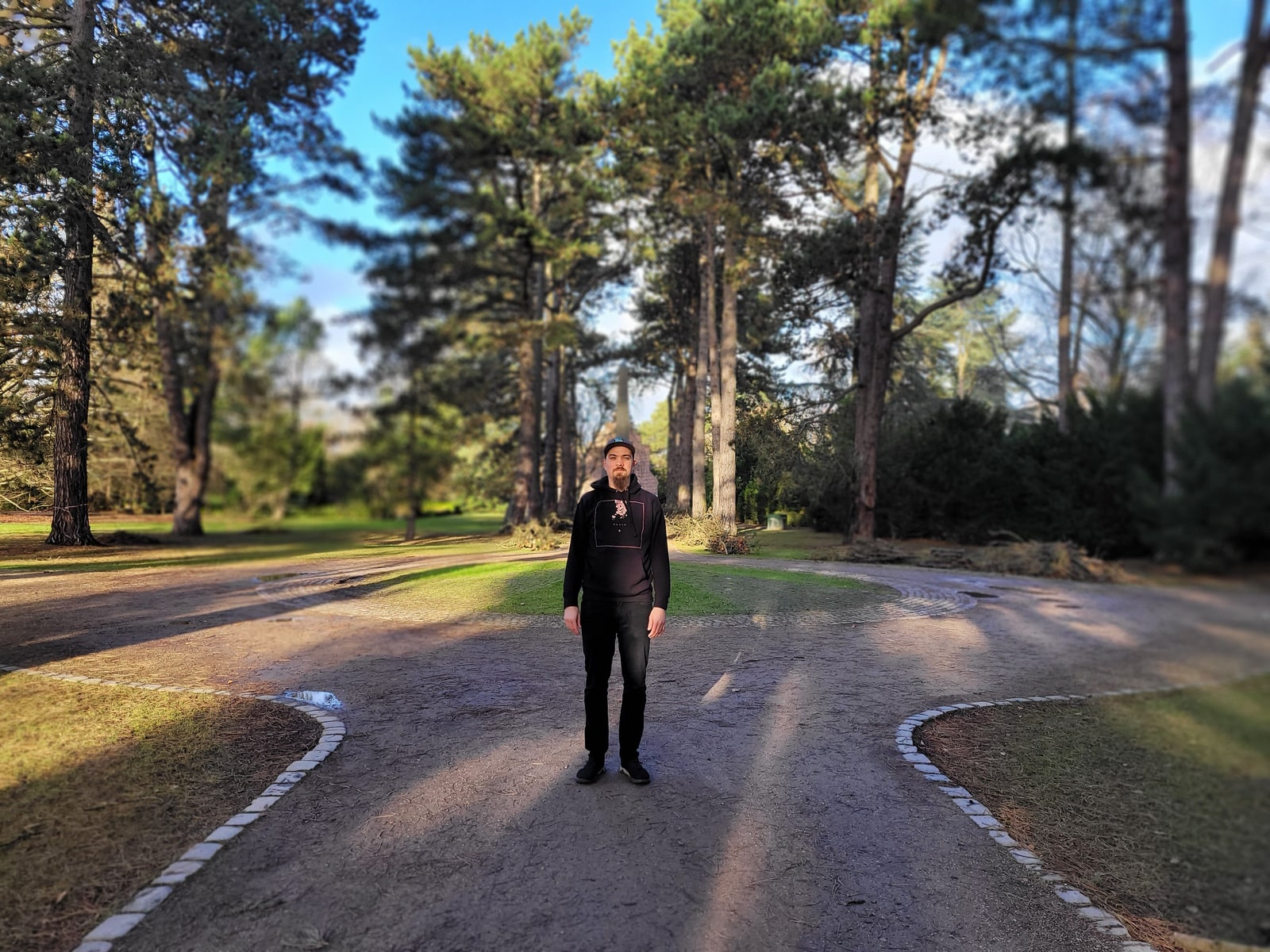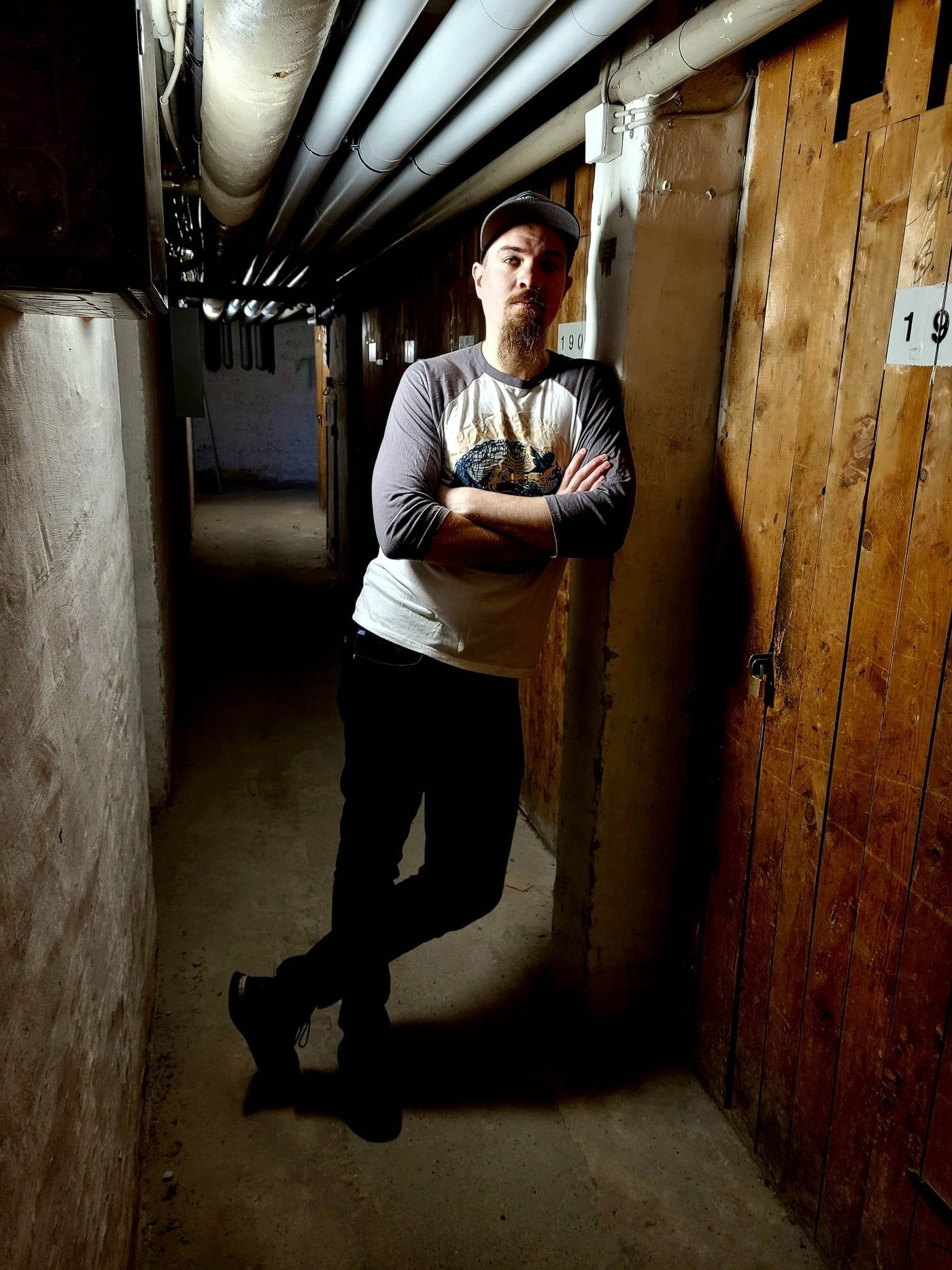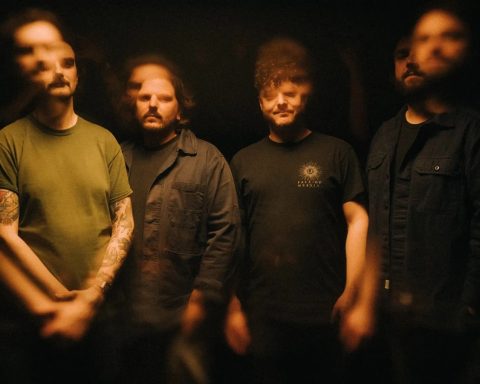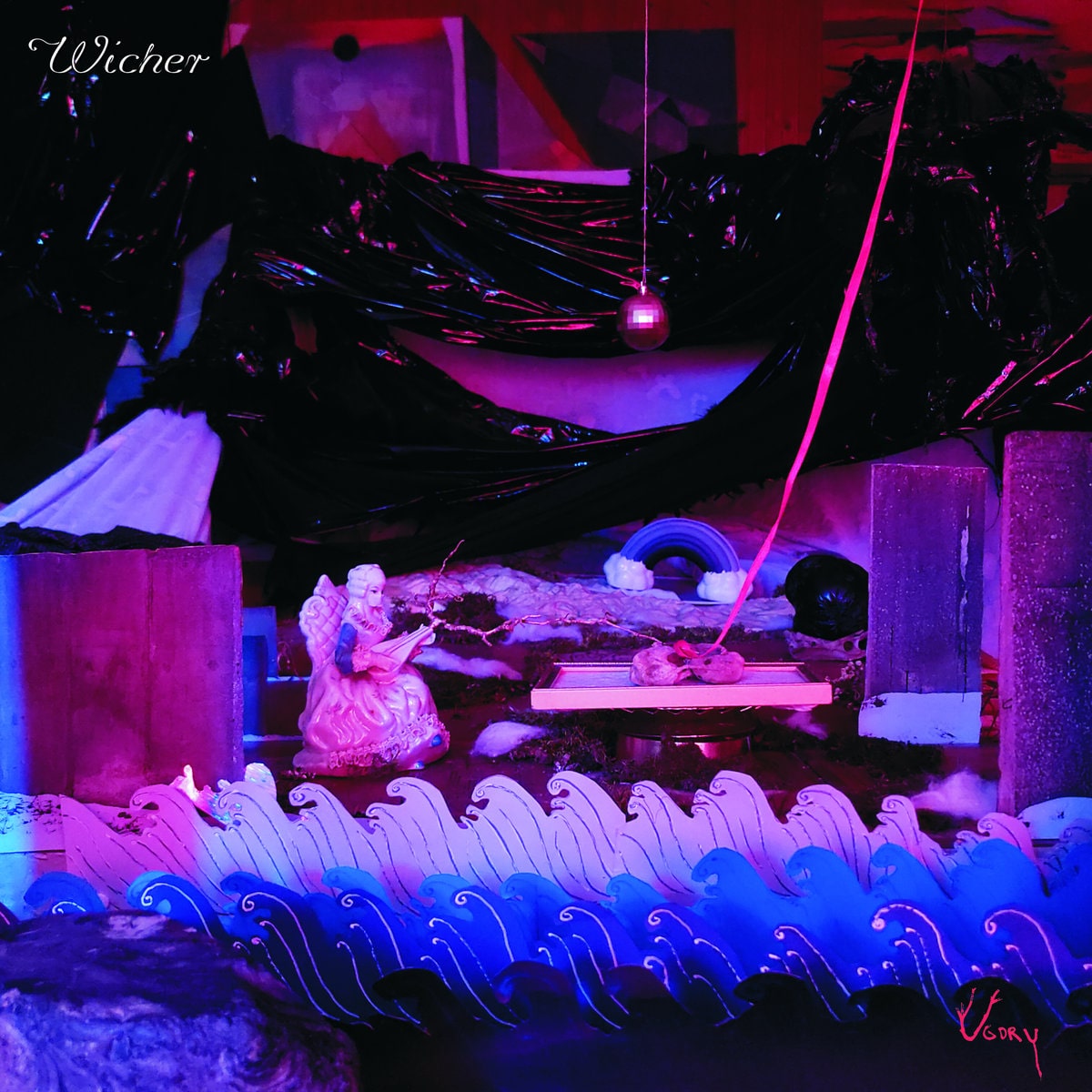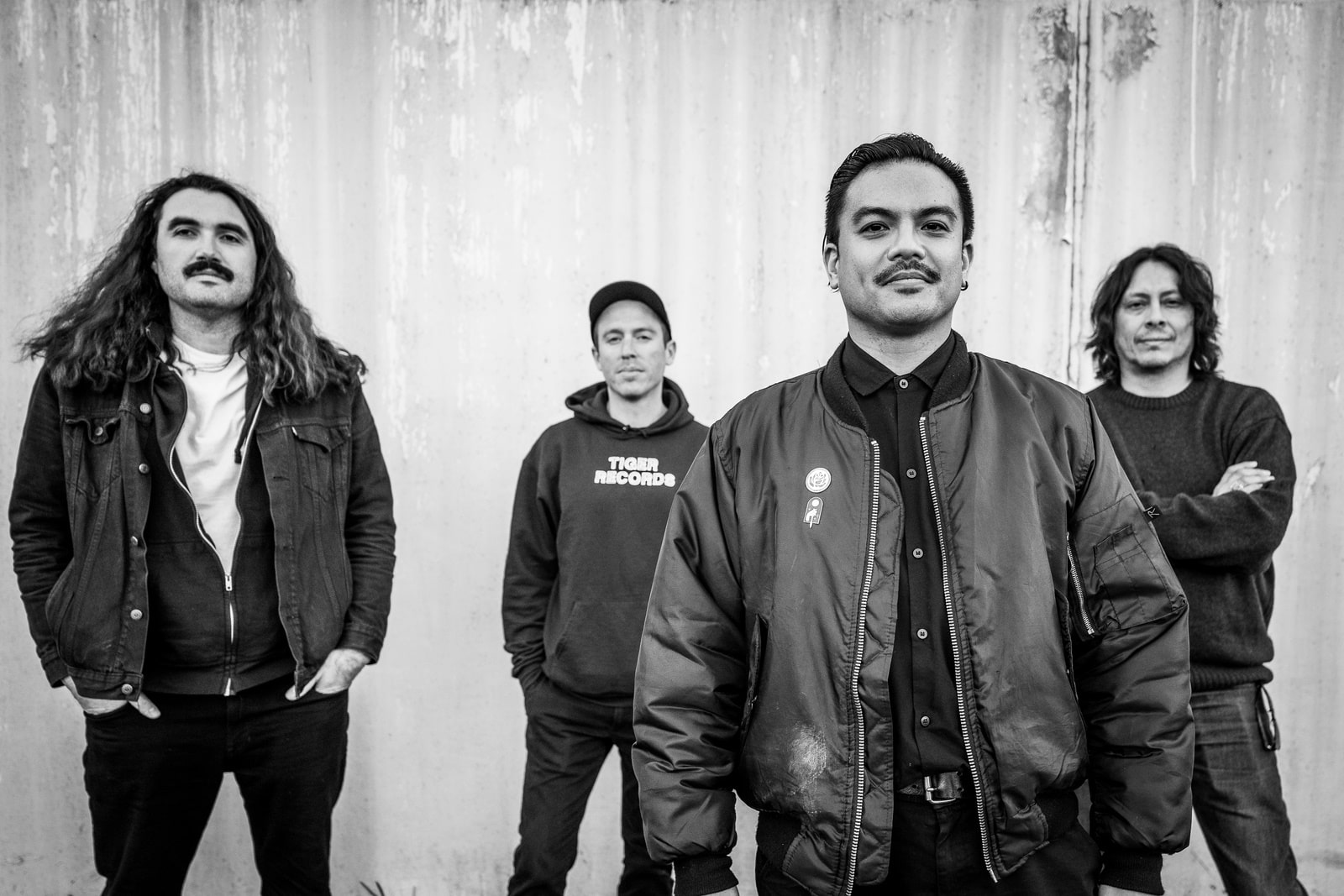Following up the story of its predecessor Kingdom and shining its light onto the remnants of a once-great city that fell victim to the turmoils of war, the newest album from ambient, drone induced post rock project A Reason To Travel is releasing his newest offering today, and we’re thrilled to let you explore it in detail, through a special track by track commentary below.
The range of emotions that A Reason To Travel brings through the instrumentals, from quiet ambient offerings to powerful guitar-based post rock bursts, is quite impressive. His sounds travel through the wastes of deserted buildings, ruins, and lifeless streets of the bleak places pictured in the album. Explore them once more or maybe forever to the backdrop of rich ambient, drone, and post-rock sounds and textures.
Concrete Sunrise is the third studio album by Copenhagen-based ambient post-rock project A Reason To Travel.
Track-by-track commentary:
Even though everything is instrumental, the album aims to tell a story throughout the seven songs that continue shortly after the previous album Kingdom, which saw the rise and fall of a new regent and his kingdom which ended in turmoil, war, and despair.
The first song, Concrete Sunrise, which is at the same time the title of the album, picks up shortly after the previous events and is meant to set the mood for the scenery. In the first half of the song, the steady build-up of industrial synth pads is slowly joined by ghostly pianos, guitars, and deep drones, while the twilight of dawn gets ever so slightly lighter in the yet unknown place. With the first sunrays, the ambient build-up also abruptly ends, and crashing, heavy guitars and drums mark the beginning of a new day and illuminate the vast ruins of a destroyed city, in which we find ourselves. The album borrows the name of this song and its meaning: No matter what happened, the sun will always rise again for a new day.
After the illumination of the city and initial revelation, we venture forward into the abandoned streets of An Empty City. This song was written quite sometime before the rest of the album and also released already in 2021 as a single, but the slow-evolving droning and ambient sound of the piece did fit extremely well in with the rest of the album, the setting, and the general idea of the story. The song was originally perceived with the empty streets of Copenhagen during COVID in mind. They not only created an eerie atmosphere but also sounds that one usually does not hear due to the noise of humanity and its creations. This setting did also translate extremely well to the concept of Concrete Sunrise and its empty streets, which is why I decided quite early on to include the track on the album.
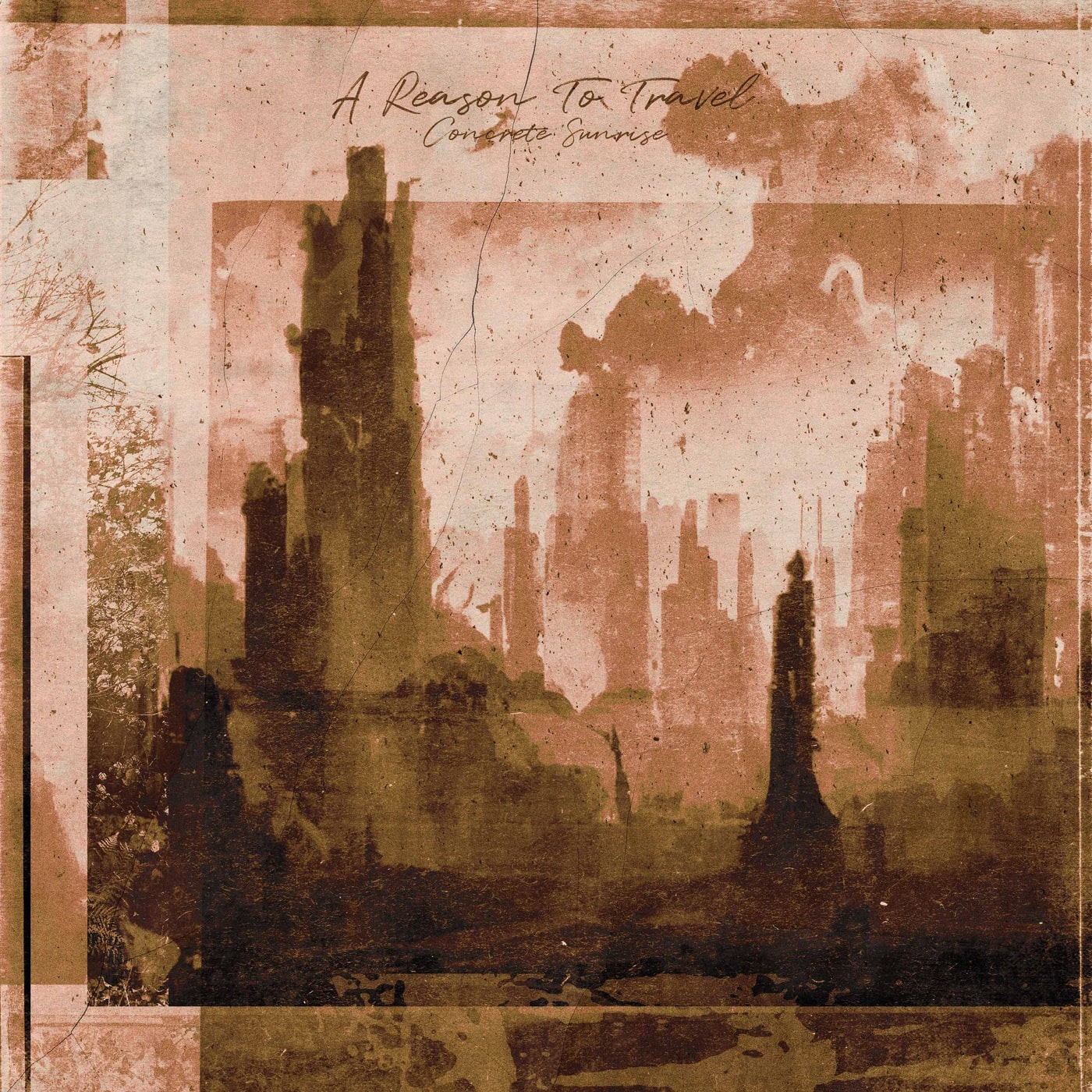
Buildings, Ruins is concluding the first side of the album and shifts the focus more to the ruined surroundings. It lets us take a closer look at the actual damage to the houses, walls, and great structures that are all around us. Again, the scale of decay is increasing alongside the instrumentation while more and more guitars get layered until the instrumentation reaches its heavy climax and we get the feeling that the walls of the city are about to come down on us. The song then sharply cuts to black and a long ambient outro, where the echoes of the thundering main bass line transition the scene to nightfall and the end of the first day in the wrecked alleys of a once great city.
Dust Wanderer opens up with lush Rhodes chords and sends us on another exploration of the city but with a slightly changed mood than before. The warm e-piano sounds are quickly joined by soothing bells, guitars, and drums with a more jazzy feeling than the previous songs that quickly display a different view of the situation. While everything built by human hands lays in ruins, nature and its beauty are still there and this song is meant to capture this newfound sense of wonder and appreciation. This does however not last for long and reality quickly catches up in the moodier ambient outro, which transmits messages of a time that is already fading to memory. This song was probably the one that was worked on most of the entire album and the second part was originally much longer and didn’t only venture into ambient, but was also much more rhythmic and heavier later on. This did though not sit completely right with me and was therefore changed to the longer and droning outro you can hear today.
The album continues with the song Refuge, which is another ambient track driven by a simplistic piano figure that evolves together with soothing guitars and synth pads. It is meant to offer shelter from the harsh reality for a brief moment and to be a place for reconciliation and meditation. This song is very much a one-take recording/session and I debated initially quite a bit with myself to put it on the record. As all the other songs were finishing up, it became clear that this is the breather the album needs at this point and it sits quite nicely in the tracklist, especially because the rumbling bass in the background still reminds us of the reality around us.
Last Light starts off with us getting back to where we are, the ruins of a former kingdom, but like Refuge it offers a bit of a different feel than the songs before it. After the droning guitar, a distant guitar emerges and we are thrown into the most groovy segment of the whole album, where past memories and riches are relived once more. This part is rather different than the other songs, but like Refuge it offers a quick detour into more positive vibes than heard so far. The song is thought to be a bit of a time capsule and throwback to better times. But as quickly as these soothing memories came, they disappear again and we are once again back in the shattered world we woke up to with, with the droning sounds of the intro surrounding us once more.
The album closes with I Miss The Sight Of Chimneys, which takes in all of the experiences and moods of the experiences of the previous six songs and is also somewhat of an anthem for better days. The intro and melancholic guitar lick say goodbye to the streets full of decay that are devoid of life. Followed by more electronic drums and an emerging restless bass, a newfound energy emerges. This song sees us leaving the city behind, out into the unknown wild, the song marches on and leaves past memories behind, while airy bells lead the way to new and unknown places. Where will the next journey take us? At this point, it is not known, but the song represents the very same feeling as the opening track and title of the album: There is always a tomorrow.



